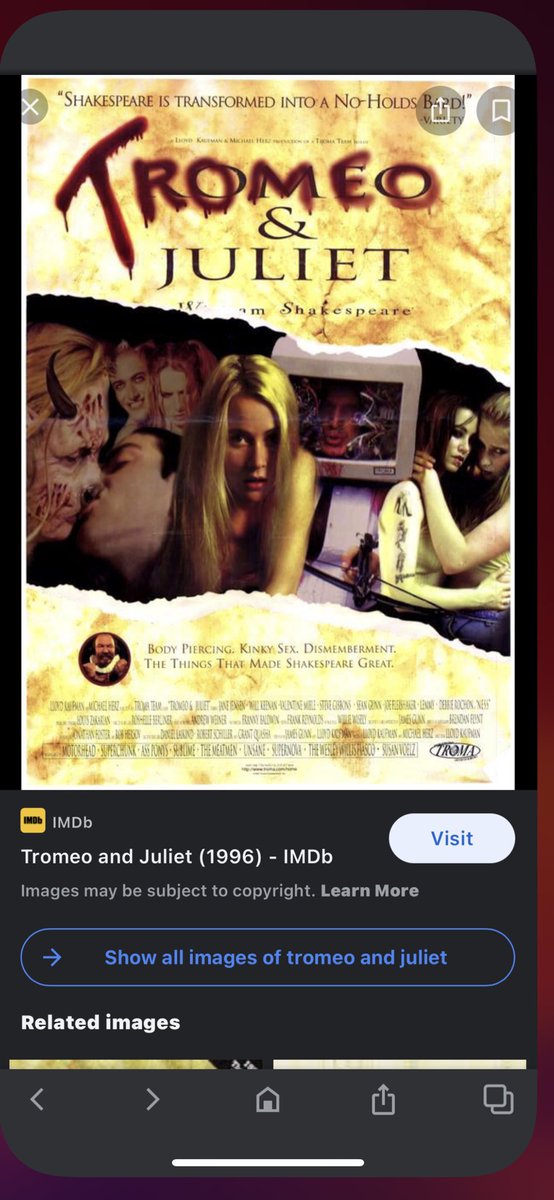

When William Shakespeare (Joseph Fiennes) has terrible writer’s block and owes his theater a play, he finds his muse in the beautiful Viola de Lesseps (Gwyneth Paltrow), a noblewoman who dreams of being onstage. They don't convincingly play "passion." You can chalk the overall feeling of muted emotion to the era because at times the emotions do come through brilliantly.John Madden’s swoonily romantic Shakespeare in Love dramatizes the writing of Romeo and Juliet rather than adapting the play itself, but intertwines the two narratives so deftly, we consider it an adaptation in its own right - and a wonderfully witty and original one at that. The age of the people supposedly playing teenagers does strain credibility and at times the acting leaves a lot to be desired. Norma Shearer must be of a similar age and it shows in some of the scenes.

The main problem with it is the age of the actors playing the parts of all these young people.

I recommend checking it out as an additional resource to add a balanced movie perspective to the characters Shakespeare created. The movie leaves a little to be desired by modern audiences and the typical class of high school freshman many need some heavy prep work to get them ready to view "black and white" and "old" as something other than "lame." But, I think that segments of the film would be well worth showing to the class and viewed as a treat and not a torture when it's not the whole product being shoved down in one lump. However, the death of Lady Montague is omitted. Plus we get the closing moment of peace between the families. Not only do we learn why Friar John never gets to Romeo but we also get the death duel between Romeo and Paris, a scene that has been cut out of every other version I've seen. For those teachers that are looking for a version that explains how the letter from Friar Lawrence never reaches Romeo and the reaction of the local populace to "Plague," this is the version that does it very well. This version is faithful if not to the exact order of all the dialogue then to the acts and scenes written by Shakespeare. I'm assuming that most people know the basic plot and have seen other versions of the film, if this is not the case you may want to stop reading and keep the surprise for viewing. While I was looking for new materials to help teach "Romeo and Juliet," I found the 1936 version of the play and naturally I was intrigued.


 0 kommentar(er)
0 kommentar(er)
